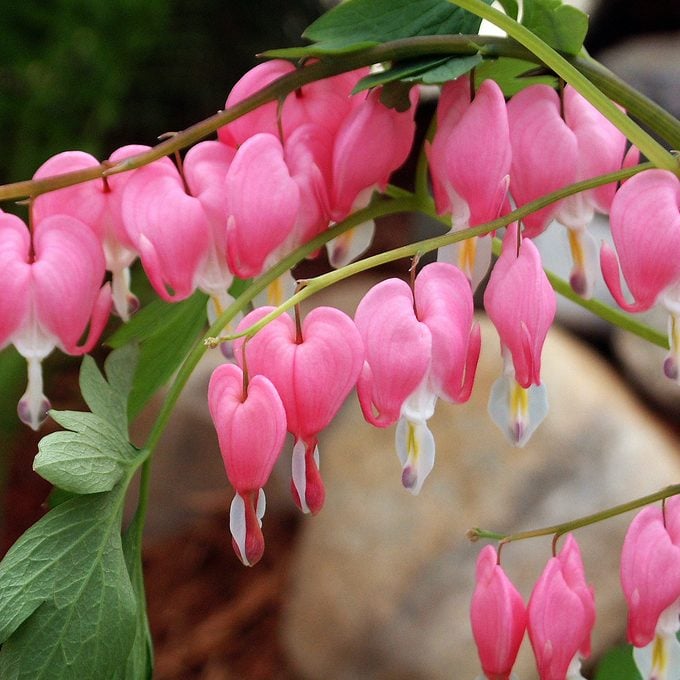Top 10 Old Fashioned Flowers for Your Garden
Updated: Mar. 09, 2023
Looking for old fashioned flowers like your grandmother used to grow? Try these lovely old standards!
Our editors and experts handpick every product we feature. We may earn a commission from your purchases.
These blooming beauties have stood the test of time for generations of gardeners. It’s no wonder they made the list of must-have favorite old fashioned flowers to grow in our gardens.
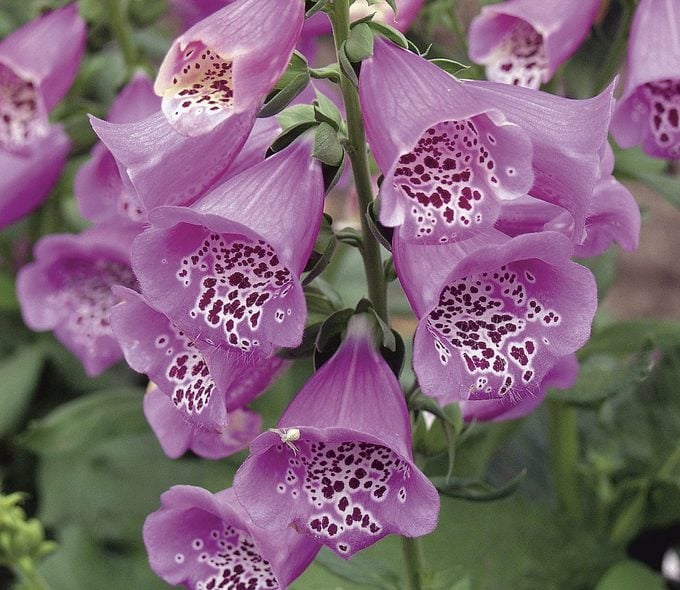
Foxglove
Digitalis, Zones 3 to 10
A proficient self-sower, foxglove is a biennial or short-lived perennial that generally doesn’t flower until the season after it’s planted. Leave the spent flower spires in place (skip deadheading!), and you’ll be treated to a new crop of foxgloves each spring. The colorful group of Excelsior hybrids is fantastic for cutting.
Plant these super fragrant flowers that pollinators love.
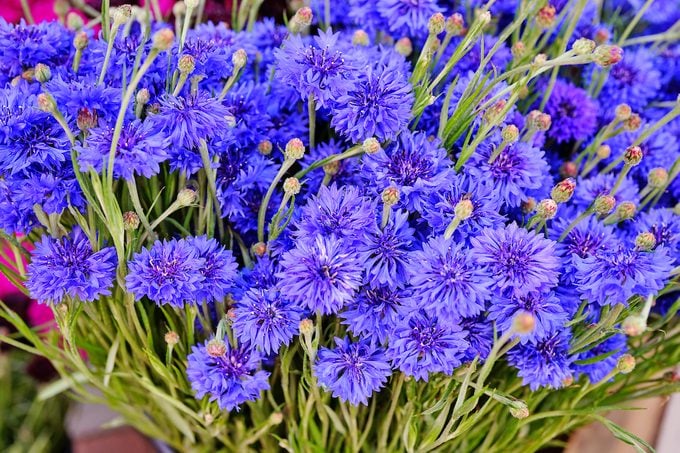
Bachelor’s Button
Centaurea cyanus, annual
Also known as the cornflower, this old fashioned charmer is long lasting when cut and holds its color when dried. Growing best in full sun, bachelor’s button comes in several colors, including blue, pink, red, white and purple. Though considered an annual, it’s a successful self-seeder, so make room for volunteers each summer.
Discover 25 secret garden tips we learned from grandma.
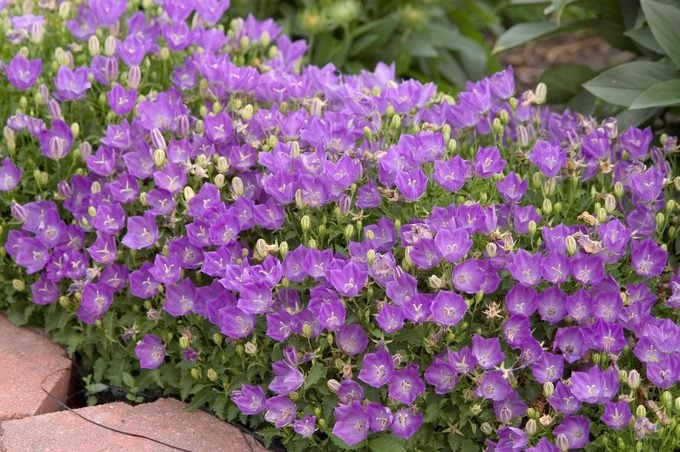
Bellflower
Campanula spp., Zones 3 to 9
These dainty old fashioned flowers, available in annual, perennial and biennial cultivars, enjoy moist soil and thrive in full sun to partial shade. In late spring and early summer, it unveils bell-shaped flowers in colors ranging from blue to purple to white. Some varieties, like the Serbian bellflower, have long-lasting blooms and evergreen foliage in Zones 8 and 9.
Design a gorgeous garden with colorful flowers.
Bleeding Heart
Dicentra spectabilis, Zones 3 to 9
Long-lasting blossoms open in late spring, covering this shade-tolerant plant with gorgeous floral pendants in shades of rose pink and creamy white. Bleeding heart goes dormant by midsummer, so it’s best planted at the back of a border, where later-blooming flowers can camouflage the unattractive dying foliage.
Attract more pollinators with the top 10 red hummingbird flowers.
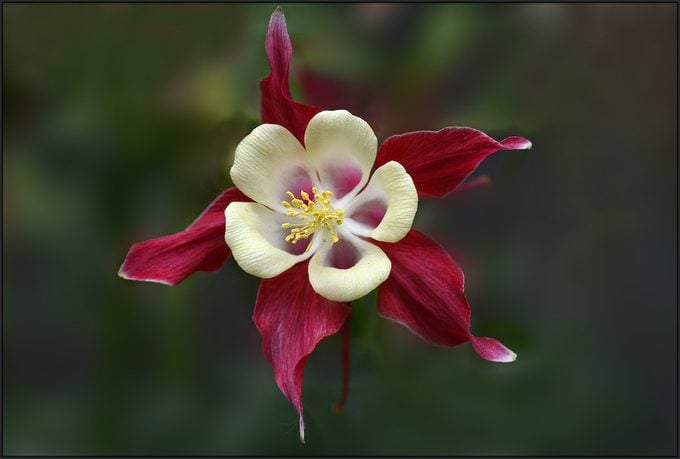
Columbine
Aquilegia, Zones 3 to 9
One of the easiest wildflowers to cultivate, columbine sports distinctively shaped old fashioned flowers that hummingbirds can’t resist. Growing 8 inches to 3 feet high, the plants blossom in many shades of red, yellow, blue, purple and white.
Check out the top 10 easy-to-grow native plants.
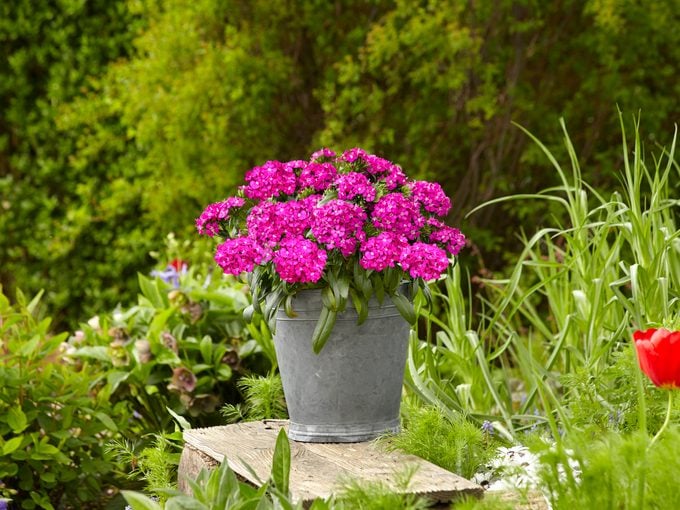
Dianthus
Dianthus, Zones 3 to 10
One of the world’s oldest cultivated flowers, dianthus is prized for its ruffled petals, pleasant scent and generous spring and summer blooming period. Ranging from just 4 inches to 36 inches high, dianthus grows well in full sun.
Add bright color with the top 10 viva magenta flowers and plants to grow.
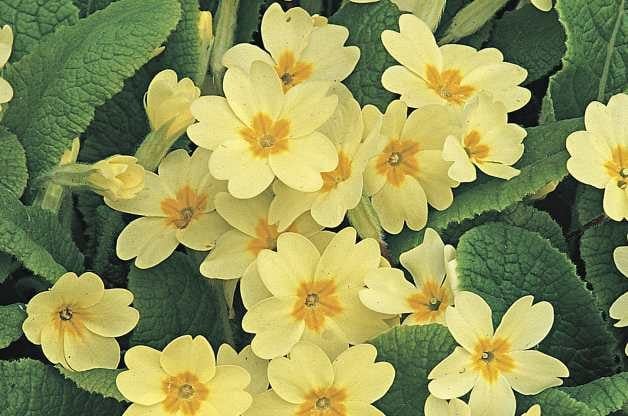
English Primrose
Primula vulgaris, Zones 4 to 8
In spring, tight clusters of colorful, often fragrant blossoms appear on compact bright-green plants that grow only about 8 inches high. Though this pretty primrose does best in partial shade, it can tolerate full sun if the surrounding soil remains moist.
Check out the top 10 classic yellow flowers to grow.
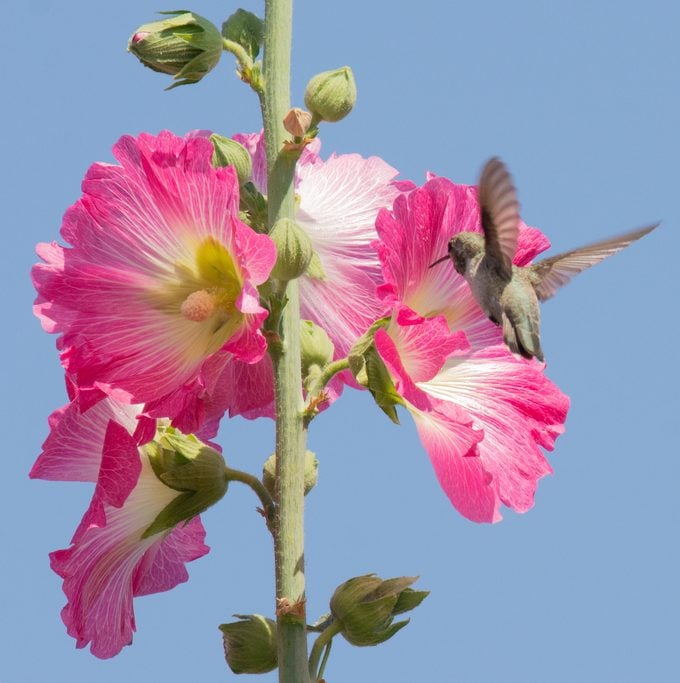
Hollyhock
Alcea rosea, Zones 3 to 9
These old-time favorites unfurl richly colored single or double flowers on lanky stems that can reach 8 feet in height. Keep in mind that hollyhock is a biennial, which means it grows foliage on short stems its first year but doesn’t flower until the following year. Be sure to plan accordingly.
Grow these fabulous foliage plants for garden pizzazz.
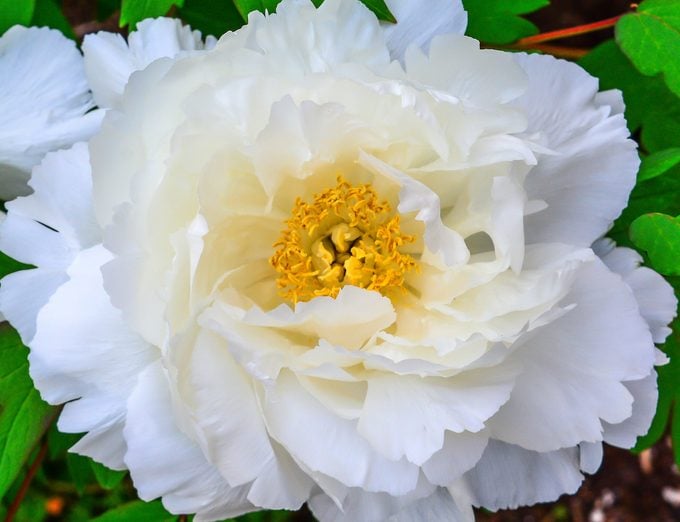
Peony
Paeonia, Zones 3 to 9
Gardeners can choose from hundreds of peony hybrids in a wide range of sizes and colors. The herbaceous peony dies back to the ground in fall, then re-emerges in spring. It benefits from stakes or rings to keep it from flopping over under the weight of its showy, delightfully fragrant old fashioned flowers.
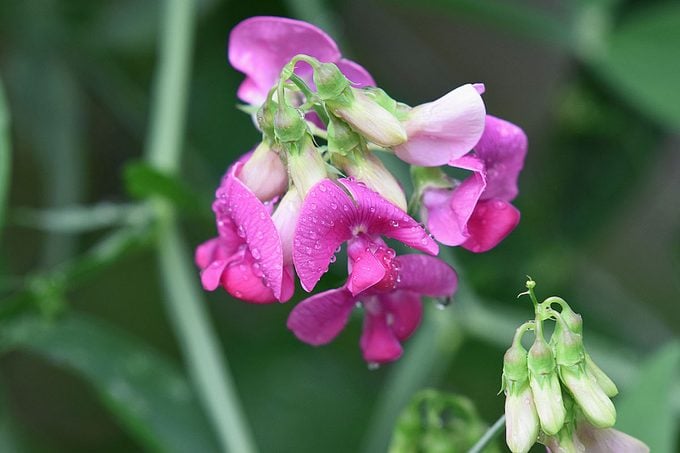
Sweet Pea
Lathyrus odoratus, annual
Fragrant sweet pea is easy to grow and provides old fashioned flowers for cutting all season long. Like edible peas in the vegetable garden, sweet pea prefers the cooler weather of spring and early summer, gradually declining in the intense heat of July and August. However, a few cultivars, including the Royal and Old Spice mixes, are exceptionally heat-tolerant.
Next, check out more easy perennials that anyone can grow.





















